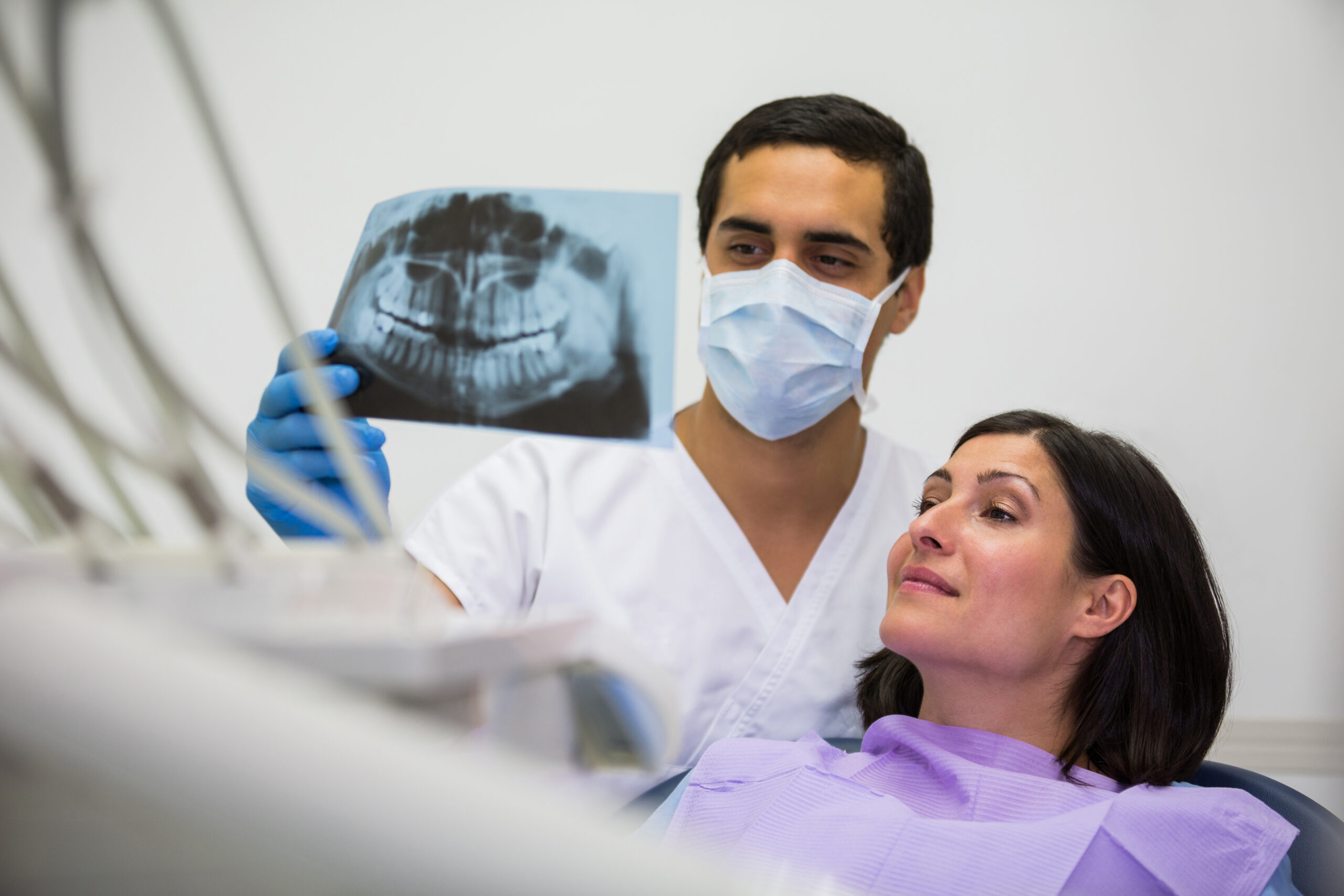As a dentist specializing in artificial tooth implants, I have a deep appreciation for the incredible journey that dental technology has undergone over the centuries. From rudimentary beginnings to the sophisticated procedures we perform today, the evolution of dental implants is a testament to human ingenuity and the relentless pursuit of improving oral health. In this blog, I’ll take you through this fascinating history and highlight how these developments have revolutionized dental care.
Ancient Beginnings
The concept of dental implants can be traced back to ancient civilizations. The earliest known dental implants were found in the remains of an Egyptian king from around 2000 B.C., where copper pegs were used to replace missing teeth. These early attempts were likely not functional but signify the longstanding human desire to restore dental aesthetics and function.
In ancient Honduras, as early as 600 A.D., shells were carved to mimic the shape of teeth and then tapped into the jawbone. Remarkably, evidence suggests that bone regeneration around these shells occurred, similar to modern osseointegration, where the bone integrates with the implant.
Middle Ages to Early Modern Period
During the Middle Ages, dental care was rudimentary at best, with teeth replacements often involving animal bones or teeth from other humans. By the 18th century, European dentists began experimenting with gold and alloys for implants, though these materials did not integrate well with bone, leading to frequent failures.
The Birth of Modern Implants
The true breakthrough came in 1952 with Swedish orthopedic surgeon Per-Ingvar Brånemark. While conducting bone healing and regeneration studies, he discovered that titanium could effectively bond with bone tissue, a process he dubbed “osseointegration.” This discovery was accidental but paved the way for the development of the first successful titanium dental implant in 1965.
Technological Advancements in the 20th Century
With the foundation set by Brånemark, dental implants underwent rapid advancements in the latter half of the 20th century. Improvements in materials, such as the use of titanium alloys and ceramic, and techniques, such as the precise drilling and placement methods, significantly increased the success rates of these procedures.
In the 1980s and 1990s, computer-aided design (CAD) and computer-aided manufacturing (CAM) technologies began to be used. These tools allowed for the customization of implants according to the patient’s unique dental anatomy, ensuring a better fit and longer-lasting results.
The Current State and Future of Dental Implants
Today, dental implant surgery is one of the most predictable and successful procedures in dentistry. Innovations like 3D printing and the use of biocompatible materials have further refined the process. Patients can now expect implants that perfectly match their other teeth in shape and color, providing a natural look and feel.
Looking ahead, the future of dental implants lies in further material innovations and minimally invasive techniques. Research into bioactive coatings that could accelerate osseointegration and the use of stem cells to regenerate bone around implants shows promising potential.
From a Dentist’s Perspective
As a dentist specializing in this field, I am continually amazed at how far we have come. The ability to restore a patient’s smile and functionality with implants has profound impacts on their confidence and quality of life. Each day, I see firsthand the benefits that these modern medical marvels provide, and I am excited about the future possibilities they hold.
Conclusion
The journey of dental implants from ancient artifacts to today’s advanced technologies illustrates a remarkable evolution in dental care. For anyone considering dental implants, understanding this history can provide reassurance of the safety, effectiveness, and benefits of this well-established procedure.
To see some of the historical and modern dental implants, I recommend visiting the following links for reference images:
- Ancient Dental Implants
- Modern Titanium Implants
- 3D Printing in Implantology
These images provide a visual representation of how far dental implant technology has come and where it is headed. Whether you are a patient considering implants or simply interested in dental history, the evolution of this technology is truly remarkable.

